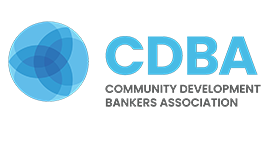BankThink: Three Reforms CDFIs Need to Help Build Stronger Communities
No one can reasonably deny that when the overall economy gets a cold, low- and moderate-income individuals and neighborhoods get the flu, largely through no imprudence of their own. History proves that lower-income families, particularly those comprising people of color, get fired first and rehired last. As a result, no matter how hard they work to save, they're almost always left a step behind. The Great Recession was a clear example: While a range of big banking institutions were given taxpayer bailouts, more modest communities were left with a Sisyphean boulder. As we emerge from the pandemic, the cycle is apt to repeat itself. One tool we should use to address this perennial problem has emerged from the world of finance. Despite decades of often fruitful work inducing ordinary banks to serve lower-income communities, many poorer neighborhoods today remain inundated with check-cashing storefronts and pawnbrokers. Many lower-income borrowers have little choice but to deal with loan sharks who make it unreasonably expensive to build real credit and to climb the economic ladder. Fortunately, beyond encouraging banks to serve these lower-income communities, a third alternative has emerged. Appearing to consumers much like an ordinary bank, but operating against a different set of incentives, community development financial institutions, or CDFIs, such as Industrial Bank in Washington, D.C., and Southern Bancorp in Arkansas, are proving to be an indispensable tool in the fight against endemic poverty. But they have yet to be scaled. We need to take several steps to drive CDFI growth and success around the country.
